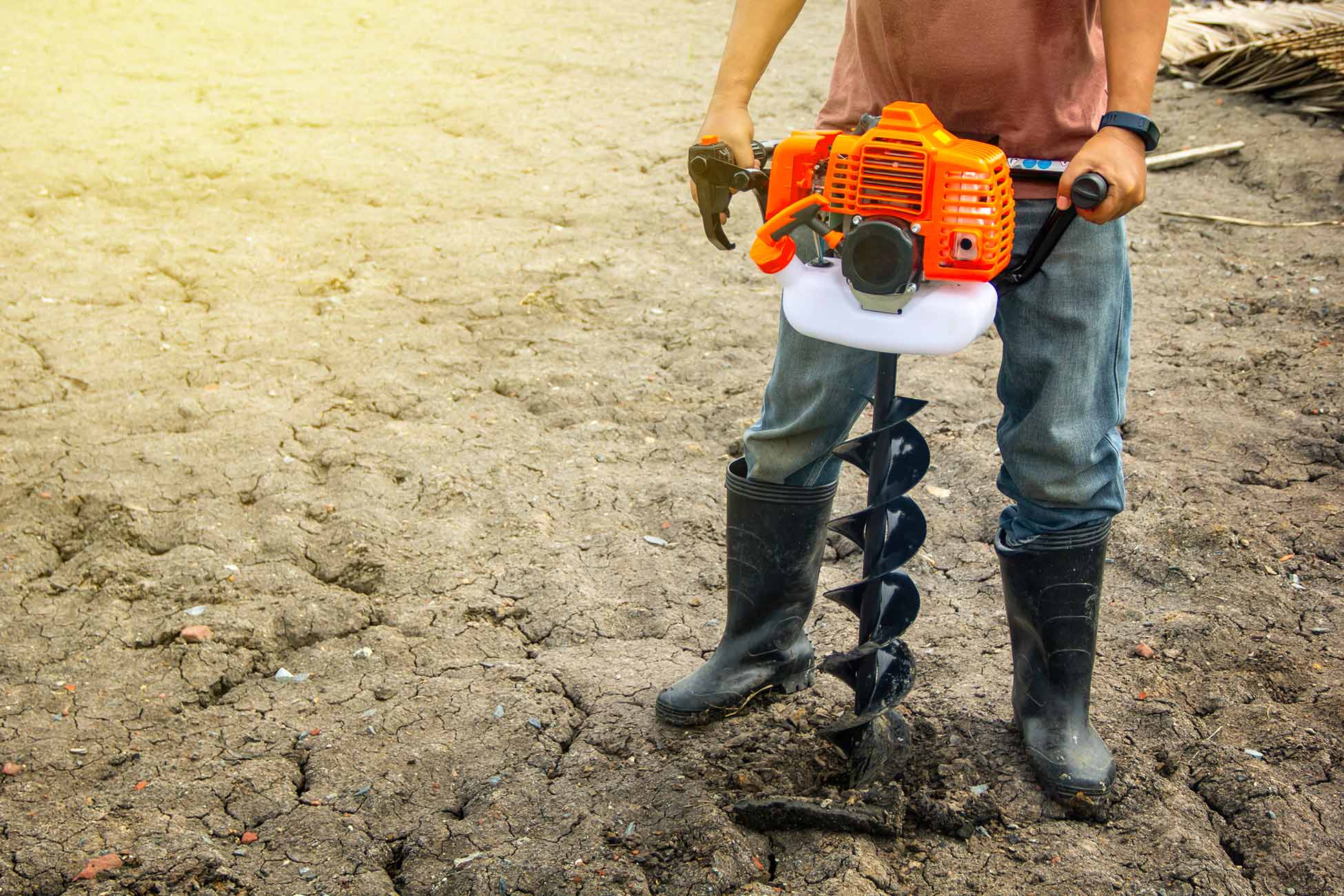
In the material manufacturing process, there are several tools that come in handy across the board. These tools essentially provide a basis for reliable and effective production, allowing metallurgists and designers to enjoy a simple and more rewarding process.
The auger is one such tool. With its distinct build and flexible application, the tool has become a necessity for most product manufacturers. This article looks into the different auger variants – from the helical auger to the commercial auger and more.
The Auger: What Is It?
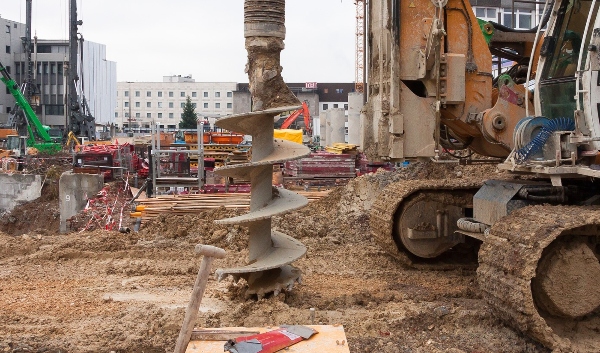
In its simplest sense, an auger is a mechanical device that is used to drill holes in raw manufacturing materials. From wood to soft rock and even ice, augers work with different materials, providing a reliable and safe way to drill holes consistently.
What is an auger drill? Also known as an auger drill or an auger drill bit, this device has become a very important component of different fields – from traditional construction to agriculture and much more. It consists of a screw bit that spins around a central axis, thus delivering the drilling action in a uniform and controlled manner.
Depending on the task in question, an auger tooth easily provides multiple functionalities. You can have rock drilling auger bits that pretty much help you drill holes into rocky materials, as well as even the sand auger that pretty much helps you dig into sand.
There are even auger drill bits that can be combined with power drills, thus making the functionality of the latter more effective.
With their spiral-shaped build, augers operate very similarly to simple, conventional drilling tools. However, considering the fact that there are so many auger types, being able to understand the differences between them will undoubtedly come in handy.
Historical Background and Evolution of Augers
Today, it’s easy to find different auger drilling services and possibly even get the products for rental. However, it is also important to understand these tools and how they grew to become what they are today.
Generally, the origins of augers can be dated back to ancient times, with early versions of the tool being made of materials like stone and wood. In the earliest versions, these antique auger options were mostly used to drill holes in simple materials. These designs primarily consisted of a shaft with a helical spiral or blade, making hole drilling effective.
Evidence has pointed to the use of initial augers in civilizations such as Egypt and the Romans, although hand-operated versions were eventually developed across Europe in the Middle Ages. these were the first variants that came with metal blades and wooden handles.
With the Industrial Revolution coming and ushering in a new age of mechanical development, augers themselves also evolved once more. We saw the development of portable augers, as well as expansion in the use of the material across multiple industries. Developments also came in the building of auger teeth for hard ground, with many of them becoming sharper and more effective.
Over the past two centuries, the devices underwent further evolution, with the development of things like power augers. These ones – which ran on different sources from electricity to gasoline – became more prominent across the board.
And today, we now see augers operate across different industries and for multiple purposes. Advancements in technology have also led to the development of materials that are being used to create the product itself – all of which have led to improvements in efficiency, durability, and accuracy in operation.
All in all, the evolutionary line of augers has led to them moving from being hand-operated tools to strong, effective machines that operate across multiple fields.
Components of an Auger
In a traditional auger, you tend to have several critical components that work together to perform a simple drilling action. As you’d imagine, specific designs and components can easily vary. However, it’s highly likely you see the following when handling rock drilling auger bits and other product types:
Bit or Flighting:
This here is the spiral-shaped blade that is extended across the shaft’s length. It is the major component that is responsible for tasks such as drilling and moving material, and it is very important to the overall functioning of the auger itself.
Considering that augers come in different types and functions, it is important to note that size and designs for flightlings tend to differ across the board. So, if you get auger teeth for hard ground, for instance, you might find that its flightling isn’t quite the same as that of a drill powered grain auger.
Shaft:
Like every traditional drilling tool, an auger also comes with a shaft – a lengthy rod that offers reliable structural support to the tool and also helps it to connect to other components. This shaft can be hollow or solid, depending on the auger type as well as the material that is being transported itself.
Hub:
The hub forms the main repository of the auger that connects the two components highlighted earlier. Its job is to transfer the spinning force from the power source straight to the flightling, and as such, it works with a connection point where the auger is attached to the drill and other power tools.
Blades or Teeth:
This component isn’t necessarily a must to have. However, there are auger designs where additional blades might come attached to the bit. In most cases, these are for things like the soil screw auger variant or any other product that is used in drilling for harder materials.
With the additional blades, drilling action can be optimized, improving efficiency across the board.
Handle or Grip:
If you get a hand auger with extensions, then you can find that it comes with a handle that allows you to hold and rotate manually.
Power Source:
For a bucket auger or some other variant that requires automation, you’d need a reliable and effective power source. Over the years, developments in power technology have led to things like internal combustion engines, electric motors, and much more being used to power these devices.
Gearbox:
You can also find a power auger coming with a transmission mechanism such as a gearbox that connects the shaft to the main power source. As you can imagine, this component helps with optimal speed regulation, ensuring that you can manage torque and deliver the right force readings.
Safety Features:
With how they work, it is important to ensure that augers are safe for operation. As such, the devices incorporate features such as shields and guards to protect you from any excessive action coming from moving parts.
Attachments and Accessories:
In some auger variants, you can find additional accessories that help ensure that they work even better. For instance, if you’re looking to rent tractor auger options, you might need to check out for things like switchable bits that fit different hole diameters.
Support and Stabilization:
For augers that are used in applications such as excavations and deep drilling, it is critical to have stabilization components like braces and tripod stands that help ensure its stability as it works. These components provide proper efficiency and reliability, while also increasing accuracy in drilling.
How Do Augers Work?
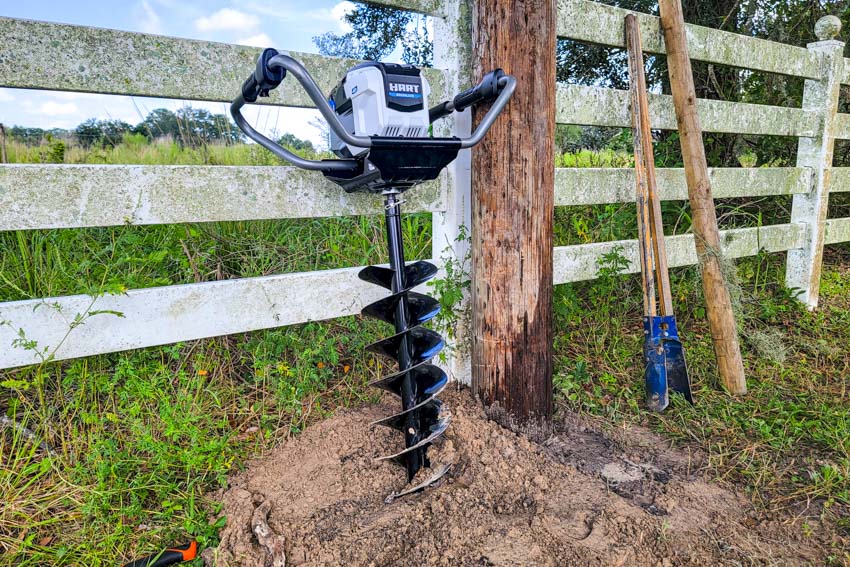
Augers operate by using a spiral-shaped blade attached to a shaft. This operation creates a sinning mechanism that moves the material along, creating the drilling or cutting force that is needed to move through materials without stress.
In general, the specific operation of an auger will vary based on the type – you sure don’t expect a hex auger bit to work like an auger for dirt. Nevertheless, the fundamental working principle is the same – the flightling holds a rotating force that engages with the material and moves it along the auger’s length.
With that being said, here is a look into how augers actually work:
Rotational Force:
Augers can be powered by engine or motors or operated manually. In the case of the latter, you apply a rotational force directly to the handle, which causes the shaft to turn. As for the former, a standalone power source is responsible for generating the force needed to operate the device itself.
Engaging the Material:
As soon as the force is applied and the spinning action is created, the flightling is made to engage with the material that you’re looking to drill. Depending on the type of auger you’re using and its intended use, you will need to make adjustments to the design and angle of the blade.
Cutting and Transporting Material:
The rotation of the auger shaft leads to the cutting action that moves into the material. Remember – in the case of a helical auger, this blade design aids the movement of the material upward and along the auger’s length.
Material Displacement:
As the rotation occurs, the auger creates a channel or hole. The material being drilled is displaced, and it moves along a spiral path that is created by the flightling.
In some cases, you might find the material being pushed either outward or upward. However, there are also instances where the material is moved across a straight line or even downward.
Ejection or Discharge:
This process depends on the application of the auger, and it represents the discharge of the material through a chute or some other mechanism. For instance, in agricultural applications, you can find a drill powered grain auger that can move grain from a bin to a truck seamlessly.
Control and Guidance:
As an operator, your job is to provide adequate control to the depth and direction of the overall drilling action. Augers allow you to control factors such as rotation pattern, speed, and engagement angle. And in some cases, you can find stabilizers and guides that help you achieve the desired depth or path.
Types of Augers
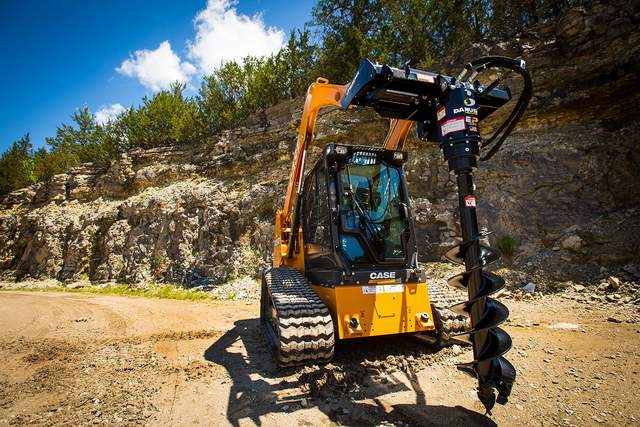
Augers are highly reliable tools that come in different types and sizes. Generally, each of them is designed for a specific level of application, and as such, it requires a unique combination of features and materials to operate.
To that end, here are some of the major auger types that are available:
Earth Augers:
As the name suggests, an Earth auger is built to drill holes in the soil. Whether you’re looking to set a platform for construction, plant trees, or install a fence post, this auger is perfect for you.
In most cases, Earth augers come with helical blades with pointed tips. This design helps with effective soil penetration, while also ensuring easy handling for the operator.
Wood Augers:
Built with a corkscrew-like design, wood augers incorporate a sharp, threaded point to enhance drilling action. As the name suggests, they are perfect in industries like furniture making and woodwork, where they optimize drilling in wood.
Ice Augers:
This auger variant is built to facilitate seamless drilling in ice. Whether it’s for cutting or ice fishing, these sugars operate seamlessly, incorporating sharp blades or some other bespoke cutting mechanism to facilitate seamless ice penetration.
Post Hole Diggers:
Also known as a post auger, this variant generally helps with digging holes in the ground, laying the foundation for fence post setting and the installation of different support structures. The auger tooth here is incredibly sharp, although these products also owe a considerable amount of their efficiency to their unique double helix design that optimizes soil removal.
Grain Augers:
A grain auger mostly comes with a structure in the shape of a tube, as well as a helical blade that helps to transport materials. This auger variant is perfect for agricultural purposes, transporting bulk materials such as grains across different locations seamlessly.
As expected, sizes vary here. So, if you need a 6 inch grain auger, for instance, you need to be sure that it will be able to accommodate your functionality requirements.
Auger Conveyors:
Known to some as screw conveyors, auger conveyors are mechanical devices that are built with rotating helical screws held against a tube. This structure allows the conveyors to push material along the conveyor length.
Any industry that requires the seamless movement of bulk materials horizontally or at an incline will need auger conveyors.
Helical Piles:
Also known as screw piles, helical piles come with helical blades that are attached to the ground, this structure offers optimal stability and allows the auger to seamlessly bear large amounts of load.
In most cases, helical piles are used in the construction industry, creating foundations that allow structures to be firmly anchored to the ground.
Rock Augers:
Built especially for drilling in hard rock, these augers require a considerable amount of strength and power to operate. Given their functionality, these augers tend to come with hardened materials as well as reinforced blades that provide the strength needed to cut easily through rock. At the same time, their unique build allows them to hold their own against any abrasive environments and work for long.
In most cases, you find rock augers being used in spaces like mining and construction – where access to hard rocks is more of a given.
Hand Augers:
For users looking to gain more manual control over the drilling process, hand augers are quite useful. They are manually operated, being used to drill holes in ice or the soil.
However, it is worth noting that power augers are better suited for small-scale tasks like ice fishing and home gardening.
Power Augers:
On the flip side of that, we have power augers. These augers incorporate motorized systems that make them more reliable for drilling holes in different materials. You can find different variants of these, each being unique based on its power source – electricity, gasoline, etc.
In general, power augers find most use in construction, agriculture, and more. They are very versatile, and they work across multiple industries.
Keep in mind that these are just a few of the major auger types available. Variations are available for specialized designs as well, and we at KDM Fabrication help to provide different materials that can be built and used to make these devices – from stainless steel to custom metal and more.
Your choice will depend on factors such as your desired application, the depth of drilling, and your required power sources. Feel free to reachout to us for a consultation.
What Are Common Auger Sizes?
Today, it’s possible for you to find augers in different size variations. Whether you’re looking for portable augers or those options that can be attached to tractors and towed, you have your pick of the litter basically.
In general, some of the more common size variations available with augers include:
- 4 inches
- 6 inches
- 8 inches
- 12 inches
- 18 inches
These measurements take the diameter into account, and you can also find a few more unconventional size variations based on your needs.
As for depth, you can mostly find augers available in 3 and 4-feet variants. However, just like diameter size, you can easily find options that allow you to drill with even more depth.
Generally, we recommend that you shouldn’t use a one-man auger for drilling holes that are beyond 8 inches. For those, you might need to get a 2 man auger rental. These augers easily hold their own – working to drill holes up to 18 inches in diameter.
What Are Augers Most Commonly Used For?
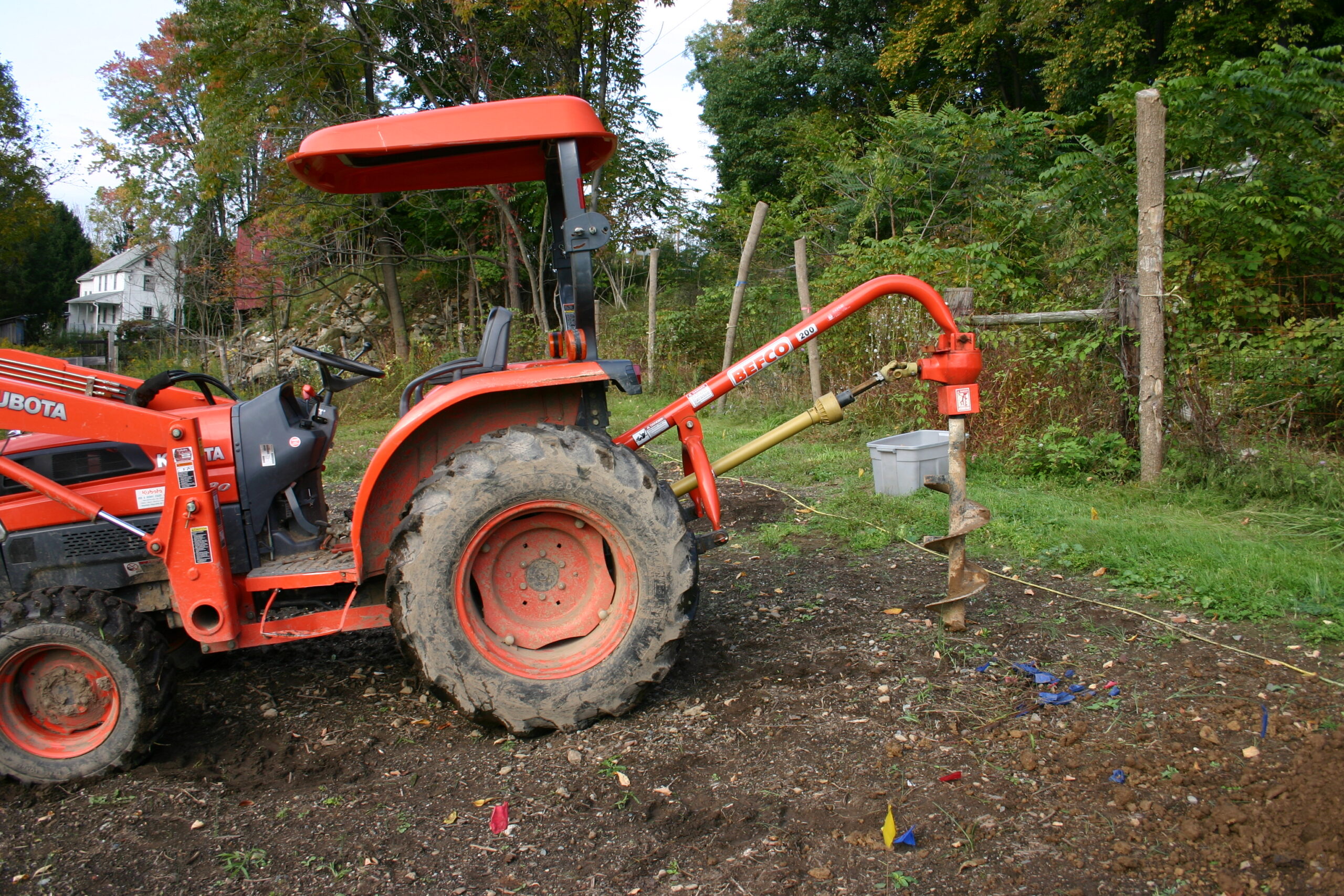
Augers are incredibly functional mechanical devices that come with several interesting uses. Today, you can find the products being applied across multiple fields, including but not limited to the following:
Construction:
In the construction space, augers are used for a broad range of activities – from setting foundations and pilings to sampling the soil and conducting environmental drilling. As long as it involves getting into the ground, this might be the perfect tool to use.
Agriculture:
What is an auger used for in farming? Farmers also use augers to open up the soil for planting. Just as well, the installation of irrigation systems and fences begins with proper ground drilling. Since you’d need to dig trenches to lay pipes and set up these systems, augers will go a long way in making your work as easy as possible.
Then, we have grain augers, which help to transport grain across locations – usually from storage facilities to transport trucks and silos.
Landscaping and Gardening:
The planting of trees and landscaping options works with augers, which help to create holes in the ground and offer the right foundation.
Mining and Quarrying:
As for miners, augers also come in handy when conducting ground exploration tasks. Whether it’s for collecting samples or creating exploration holes, augers are highly functional.
Some variants of these tools also work in digging blast holes where miners palace explosives to create quarries and expose internal land structures.
Environmental and Geotechnical Testing:
An extension of the previous point, you can find augers contributing to geotechnical tests and environmental studies. Experts can apply the tools to create soil samples for profiling and groundwater sampling, which help them to gain insights into an area’s environmental profile.
Utilities and Infrastructure:
Augers can work in infrastructure projects, where they help in drilling holes for light posts, signs, and more. When you need to install utility lines, these tools can also come in handy.
Oil and Gas Exploration:
Just as it is with construction, much work in the oil and gas sector occurs underground. From driving boreholes to land exploration, augers easily help to optimize these processes across the board.
Site assessments, environmental studies, and other critical preparation work done in the oil and gas sector also require these tools.
Food Processing:
The use of augers in the food processing industry is mostly related to the seamless conveyance of bulk food materials – granules, grains, etc. The tools also help in mixing and transporting them across locations, being part of broader setups for industrial mixers and more.
Woodworking and Carpentry:
Wood augers help create holes in the material, allowing carpenters to install screws, dowels, and more.
Irrigation and Water Management:
What is an auger for plumbing, If you’re looking to install an irrigation system, augers help you to drill holes that enable the setup of sprinkler systems and pipes. Just as well, the devices enable the creation of drainage channels that optimize overall water management.
Fishing and Outdoor Activities:
In ice fishing, augers can be used to drill tiny holes within the ice to access different gaming spots. And, for outdoor activities like setting up campsites and shelters, these devices come in handy too.
It is evident that augers are critical tools that help multiple industries. And, as long as you understand the intended application for a specific auger, you should be able to know just which variant you need.
Safety Considerations When Using Augers
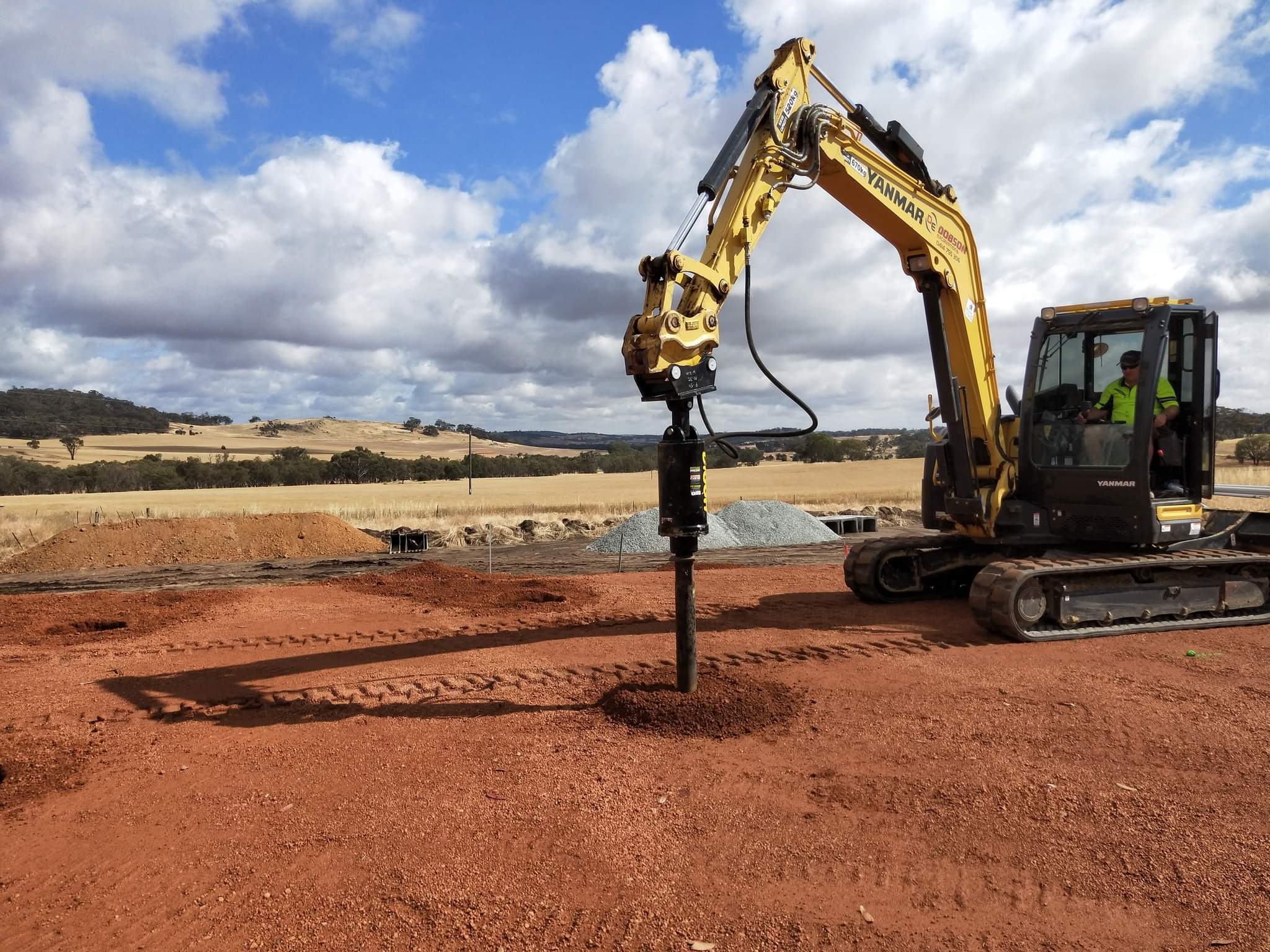
What is an auger machine? As it is with every other tool or piece of machinery, safety is of paramount importance when you’re working with augers. These are high-powered mechanical devices that operate with different materials – ranging from galvanized steel to titanium and more. And, given the amount of force they create, proper safety precautions should be followed when you work with them.
Here are a few important things you want to keep in mind with augers:
Read the Operator’s Manual:
Before you even begin to use this tool, be sure to familiarize yourself with the operator’s manual. This way, you’re able to understand their guidelines for operation. And, don’t just read the manual – follow it!
Wear Appropriate Personal Protective Equipment (PPE):
Grom goggles to gloves and hearing aids, PPE is critical when operating an auger. The last thing you want is to expose yourself to danger.
Inspect the Equipment:
Augers – as well as all of their components – should be properly inspected before you make use of them. Check for signs of wear and possible defects, and ensure that you follow all safety guards.
Secure the Work Area:
You also need to pay close attention to the externals. Ensure that the work area itself is free of any obstacles, and that everyone within a considerable radius is aware and protected. Unauthorized access should be prevented as much as possible too.
Properly Ground Power Sources:
If your auger is powered, then see to it that the power source is properly grounded. You can read more about this in the manufacturer’s instruction manual to understand how best to approach grounding.
Use Two-Handed Controls
Not every auger has this. However, if yours is equipped with it, then you should definitely take advantage. These controls go a long way to optimize safety, especially since you’re dealing with several moving parts.
Securely Fasten Auger Bits and Attachments:
What is an auger bit? Blades, the 9 inch auger bit, and other attachments should be properly fastened to the auger head before and during operation.
Maintain Proper Balance:
When an auger operates, it creates a considerable amount of force. And, this means that you will need to have the right level of balance while working with it to keep it stable. Try not to lean on the machine or overarch as this could considerably cut your balance across the board.
Just as well, remember to operate the material at a safe speed that you can maintain so you don’t lose control of the device.
Conclusion
Augers are incredibly versatile devices that provide great functionality across multiple industries. And at KDM Fabrication, we provide the right raw materials to optimize the operation of these devices.
Reach out to us today if you need a custom build, and we’ll be able to help you out.




